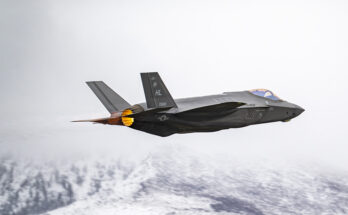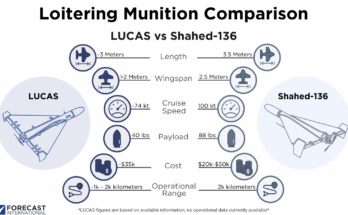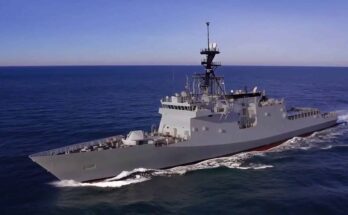South Korea’s plan to acquire 36 additional AH-64E Apache Longbow attack helicopters has come under scrutiny as funding within the country’s second supplementary budget has been slashed. The financial cut came to light from both the Ministry of National Defense and Rep. Yoo Yong-won of the main opposition center-right People Power Party (PPP) on July 6, with each noting that the budget passed by the National Assembly earlier on July 4 had slashed funding for phase two of the AH-X heavy attack helicopter program for the Republic of Korea Army (ROK Army).
Under the revised budgetary earmark for the Apache purchase the allocation dropped from KRW10 billion ($7.3 million) to just KRW300 million ($219,000). The original earmark had been intended as an initial payment toward the larger acquisition budgeted at KRW3.17 trillion ($2.3 billion).
While the second-phase procurement had received clearance from the Joint Chiefs of Staff in May, following an earlier approval of South Korea’s government-to-government foreign military sales request by the U.S. State Department on August 19, 2024 (estimated at $3.5 billion with all missiles and extra equipment factored), the slashed funding puts the project in serious doubt.
Several factors have contributed to Seoul’s reconsideration of the program.
The first is a rise in unit cost projection, which according to Yoo Yong-won increased from KRW44 billion per unit in the first phase to over KRW77 billion in the second.
A second factor is that the U.S. Army is wavering in its commitment to a manned-heavy aviation fleet and is instead looking to shift its ratio from 90:10 crewed versus uncrewed models to a more robust drone inventory. As the U.S. is a close ally to South Korea and is itself moving off pilot-driven systems to greater volumes of drones, South Korean officials are taking a pause and reevaluating their own fleet mix.
Finally, the third and most important factor, which is the war in Ukraine and how the battlespace there as shaped new tactics and use of systems. Russia’s failure to suppress Ukrainian air defense assets has resulted in limited use of the former’s helicopter fleet due to their vulnerability. The cost-versus-benefits approach to a drone-heavy fleet versus one consisting largely of crewed platforms is clear and obvious, therefore necessitating a revaluation of how much to invest in expensive platforms and pilot and crew training.
Though the program has yet to be officially cancelled, the writing is on the wall as its funding has effectively been zeroed out. Shifting funding intended for AH-X Phase Two towards cheaper, effective drones that can be procured in larger volumes is a logical decision that will likely be mirrored by militaries worldwide.
Dan Darling is Forecast International’s director of military and defense markets. In this role, Dan oversees a team of analysts tasked with covering everything from budgeting to weapons systems to defense electronics and military aerospace. Additionally, for over 17 years Dan has, at various times, authored the International Military Markets reports for Europe, Eurasia, the Middle East and the Asia-Pacific region.
Dan's work has been cited in Defense News, Real Clear Defense, Asian Military Review, Al Jazeera, and Financial Express, among others, and he has also contributed commentary to The Diplomat, The National Interest and World Politics Review. He has been quoted in Arabian Business, the Financial Times, Flight International, The New York Times, Bloomberg and National Defense Magazine.
In addition, Dan has made guest appearances on the online radio show Midrats and on The Media Line, as well as The Red Line Podcast, plus media appearances on France 24 and World Is One News (WION).




